Administration of the Imperial Court in the Ming Dynasty: The Intertwining Roles of Crown Princess and Imperial Consorts
Zhu Di, a brilliant emperor of the Ming Dynasty, marked the end of an era with his death. After his passing, new changes occurred in the power structure and management responsibilities of the imperial court. Among them, the phenomenon of the crown princess managing the imperial court has attracted people's attention. The reasons and impacts behind this phenomenon not only reflect the political and social systems of that time, but also reflect the roles and status of women in specific historical contexts.

First Paragraph: Zhu Di's Death and Changes in the Imperial Court
Zhu Di's death undoubtedly brought great turmoil to the Ming Dynasty. As a powerful emperor, he had strict control over the imperial court during his reign. However, with his death, the power balance in the imperial court began to change. In this situation, the role of the crown princess began to emerge. She not only needed to prepare for the prince's accession to the throne but also ensure the stability of the imperial court.
Second Paragraph: The Responsibilities and Powers of the Crown Princess
In the patriarchal system of the Ming Dynasty, the crown princess, as a candidate for the future empress, bore significant responsibilities. She not only had to assist the prince in handling government affairs but also manage the imperial court, ensuring the loyalty and discipline of the concubines. This arrangement reflected both trust in the crown princess's abilities and the society's expectations of female roles.
Third Paragraph: The Status and Role of the Concubines
While the crown princess managed the imperial court, the concubines also had their own status and roles. Although they ranked below the crown princess, they still had a certain influence in the imperial court. The support or opposition of the concubines sometimes directly affected the prince's accession to the throne and the stability of the regime. Therefore, the crown princess needed to skillfully handle the relationship with the concubines to ensure harmony in the imperial court.
Fourth Paragraph: The Dual Consideration of Politics and Humanity
The phenomenon of the crown princess managing the imperial court is not only a manifestation of the political system but also a result of human considerations. In the fiercely competitive imperial court, the crown princess needed to demonstrate sufficient wisdom and skills to maintain her status and influence. At the same time, she also needed to pay attention to the emotions and needs of the concubines to win their support and loyalty.
Conclusion: The Complexity and Revelations of Imperial Court Management in the Ming Dynasty
Overall, the phenomenon of the crown princess managing the imperial court after Zhu Di's death reveals the complexity and multi-level nature of imperial court management in the Ming Dynasty. This phenomenon not only reflects the political and social systems of that time but also the roles and status of women in specific historical contexts. By delving deeper into this topic, we can gain a better understanding of the history and culture of the Ming Dynasty, as well as the unique role played by women.
Disclaimer: The above content is sourced from the internet and the copyright belongs to the original author. If there is any infringement of your original copyright, please inform us and we will delete the relevant content as soon as possible.
Guess you like it

Wine-warmed Sword Slaying Hua Xiong: The Historical Truth and Literary Interpretation

Did Sartre reply to Sagans letter? What are the specific details?

The embodiment of power in historical legends - The mystery of E Lais valor and bravery.

What was Françoise Sagans private life like? How did she live?
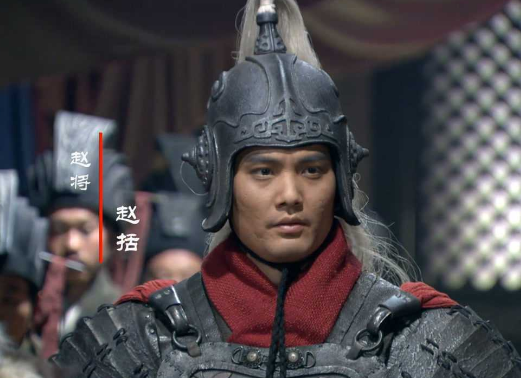
Zhao Kuo: A Discussion on Historical Evaluation and Military Talent
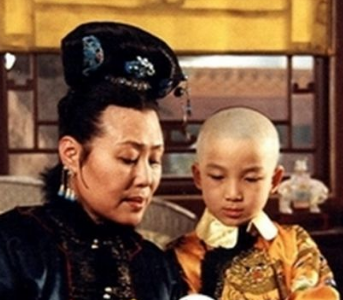
Empress Xiaozhuang: The Truth Behind the Palace Walls in History

Who is the French female writer Sagan? What are some notable facts about her?
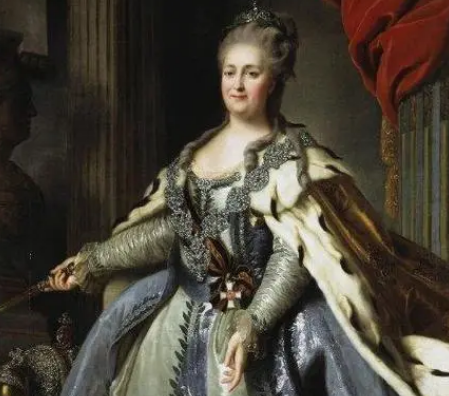
From Prussian Princess to Empress of Russia - The Legendary Life of Catherine the Great
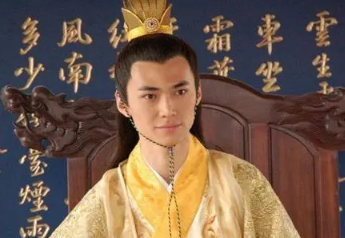
The mystery of Zhu Yunwens succession: Why was he not favored by the court and the people?
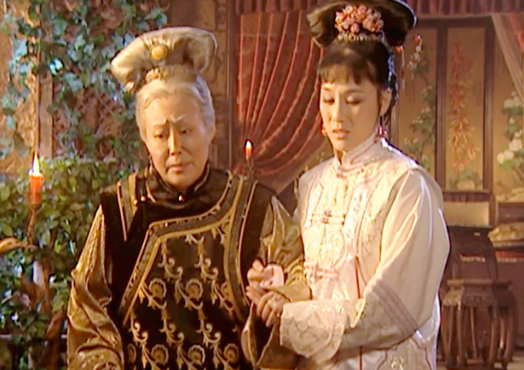
The Interpretation of the Historical Entanglement between Empress Xiaozhuang and Princess Rongfei









